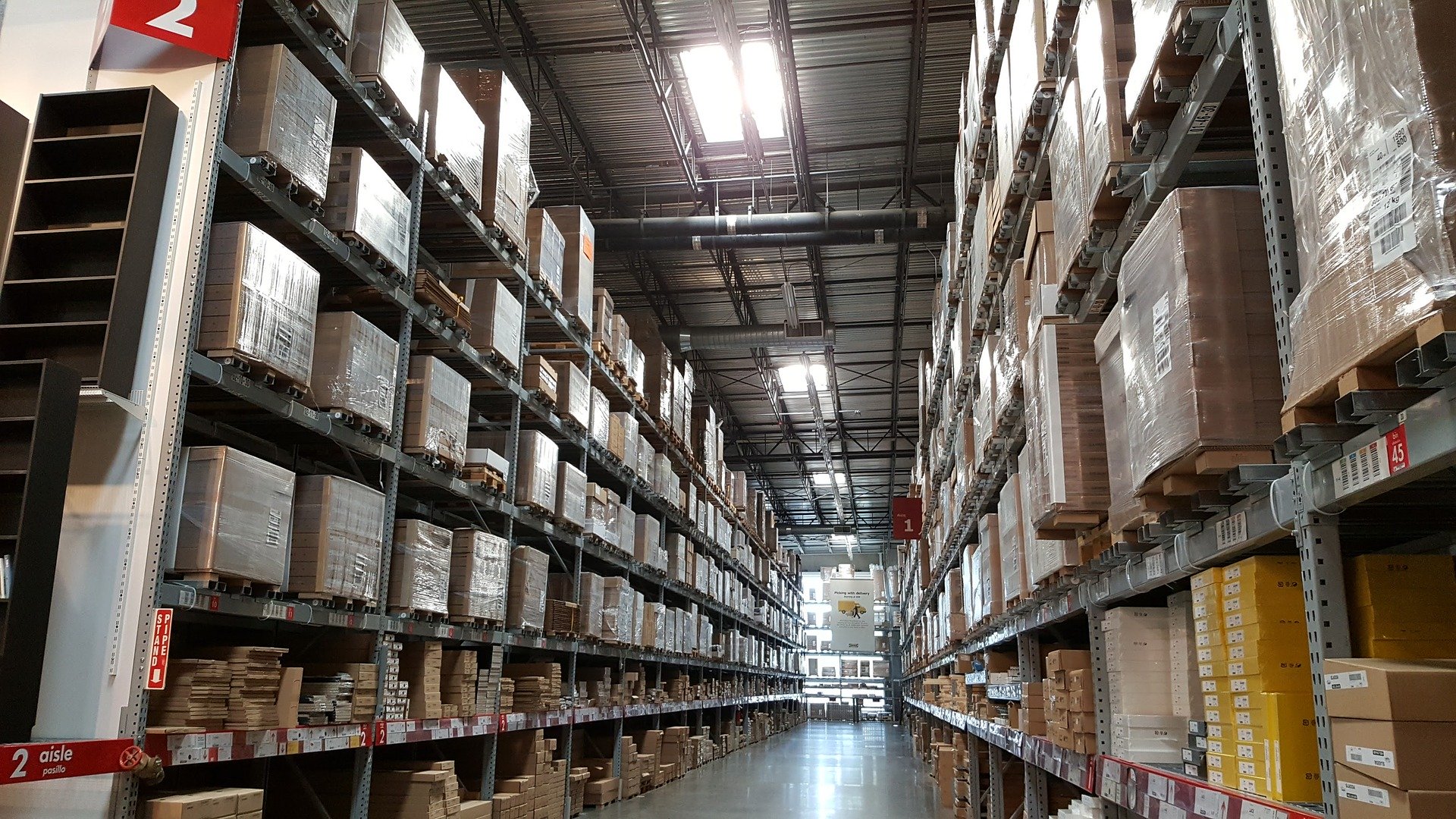Maximizing profits may seem like it should be every warehouse manager’s top priority, but in practical terms, maximizing productivity often has to come first. If your processes prevent you from taking full advantage of your time and capital, profit is usually the first thing sacrificed.
There are several key concepts to know about and pay attention to when it comes to increasing efficiency in the warehouse. Focusing on these parts of your warehouse operations is often crucial to effective management of your inventory and the people responsible for handing it.
Make Effective Use of Current Assets
A lot of roadblocks to warehouse efficiency stem from issues that can be addressed locally. Sometimes, increasing efficiency can be as simple as establishing processes to keep workspaces clean and maximizing available space in the facilities you already have.
In a similar vein, efficiency in a warehouse often depends on how effective frontline managers are at promoting productive work habits and ensuring compliance with regulations. Training managers to monitor all aspects of order fulfillment—and giving them the tools they need to perform those tasks and address problems—is often crucial to warehouse operations running smoothly.
Improving training options and opportunities for individual workers can go a long way towards improving warehouse efficiency as well. Depending on financial feasibility, it may even be worthwhile to set up cash incentives for productivity improvements, dedication to workplace safety, and minimizing errors in order picking and shipping.
Simplify, Simplify, Simplify
A complicated system is not necessarily an efficient one. While it is important to have standardized procedures in place for all warehouse-related tasks, it is also important that those operations flow together seamlessly so that momentary confusion doesn’t lead to a long-term loss of productivity.
Lean inventory practices are a great way to avoid crucial inventory and tools getting lost in less essential clutter. In the same vein, inventory should be organized based on volume—high-volume items should be closer to the front of the warehouse, and products that sell less can be farther away.
These changes all contribute to reducing “touches” within a warehouse—the number of times a product is moved from area to area between when it is received and when it is sent out. Combining redundant processes and prioritizing high-volume products helps makes the entire distribution process leaner—exactly the number of actions needed, and no more.
Research Available Technology and Process Alternatives
There is a lot that hard work and human ingenuity can do to streamline warehouse operations, but one of the biggest advantages available to managers today is new technology. A centralized warehouse management system can help ensure that pickers take the most efficient routes possible to fill orders, and labeling storage areas with barcodes can minimize costly human-based errors.
To that end, it is also important to be flexible in how you address problems with efficiency. Market conditions can change quickly, so an individual warehouse may need to update systems and adjust personnel ratios on the fly. This is where flexible labor services like HapiGig can be a huge help. Ultimately, every warehouse is unique, so the solution that works best for you and your workforce should be unique as well.

